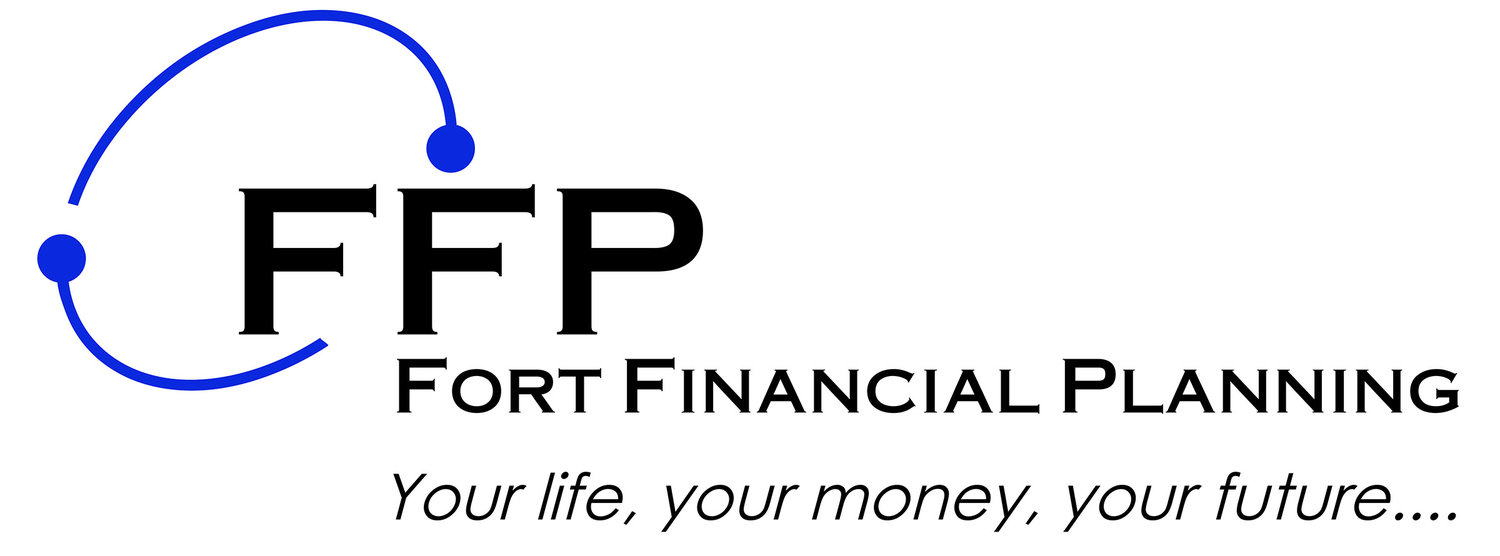Why costs are so important
We all know that Christmas is probably the most expensive time of the year and it’s important to keep a track on all your expenditure.
When we plan to buy anything in this internet age, from a children’s toy to the Christmas turkey, making a price comparison is easy to achieve; a Google search or a visit to a price comparison website and Bob’s your uncle.
When it comes to investing, gaining meaningful insight into the real cost is not quite so simple yet it’s so important to any investor.
Why costs matter
You can’t control the markets, but you can control how much you pay to invest. Every pound that you pay in costs and charges comes directly out of your potential return.
Costs, like interest, have a compounding effect over time. They can have a dramatic impact on investment returns, one that’s not always obvious or transparent.
The elements of investment cost
The range of fees and costs incurred by investors is long, complicated and hard to put an accurate figure on. We have tried to make it a little simpler:
Ongoing charges figure (OCF):
The ongoing charges figure (OCF) is the clear cost that investors incur from investing in a fund. It is the sum of the annual management charge (AMC) charged by the fund manager and other direct costs incurred by the fund which can be offset against its underlying returns. As such, the OCF is nearly always higher than the AMC alone. OCFs can be found in the Key Investor Information Documents (KIIDS) that each fund is required to produce.
Turnover (dealing) costs:
These are the hidden costs incurred by investors when securities within a fund are bought and sold. The costs are the product of the proportion of the fund that has been turned over and the costs of carrying out the trades to sell and buy securities. Investors are, by-and-large, in the dark when it comes to dealing costs although some academics have previously attempted to calculate their impact.
Product Charges:
Whether you’re investing in an ISA, a Pension or an investment bond, there is likely to be additional charges which need to be considered. Some providers can charge a regular fee or percentage based fee and there could be extra charges if you want to invest, withdraw or make changes to the investments.
Costs in practice
When analysing investments we often see a huge difference in the total costs and many people aren’t aware of the costs they are paying let alone the long term impact on the investment returns.
For example Mr Smith invests £100,000 in a fund with ongoing costs of 2.0% per annum and Mr Jones invests £100,000 in a fund with low charges of 0.4%. If both funds achieve the same return of 6% per annum for the next 10 years, Mr Smith would have a total of £148,024 compared to Mr Jones who has a total of £172,440. An extra 1.6% in charges each year has cost Mr Smith a total of £24,416.
Conclusion
We cannot overstate the importance of controlling costs whether you’re buying presents at Christmas or saving for your retirement. An extra pound saved if of course an extra pound in your pocket. It is something that we continue to do on behalf of our clients, through our systematic and low cost approach to investing.

